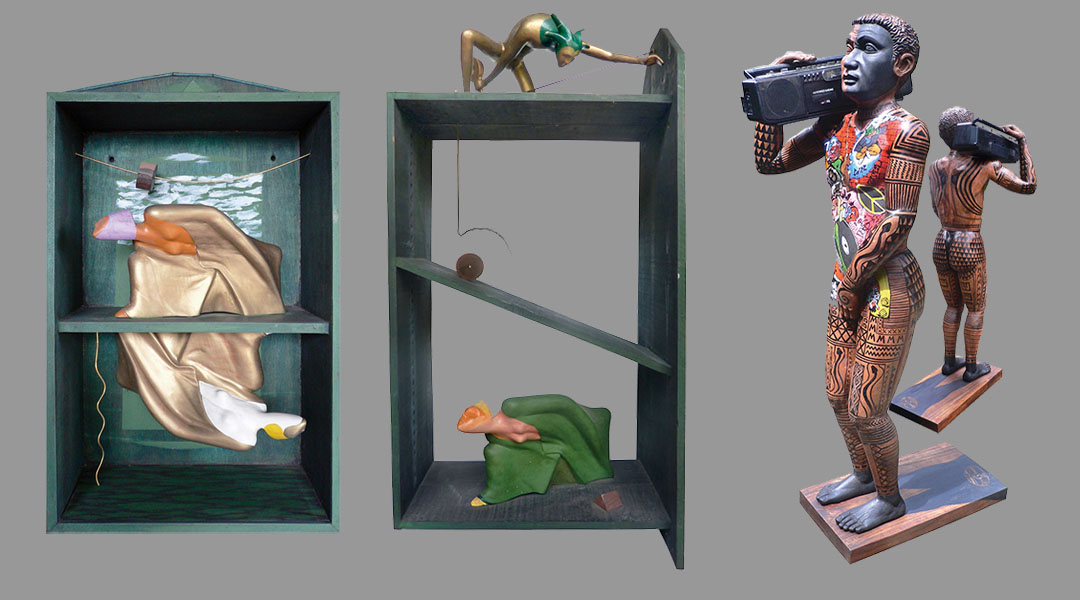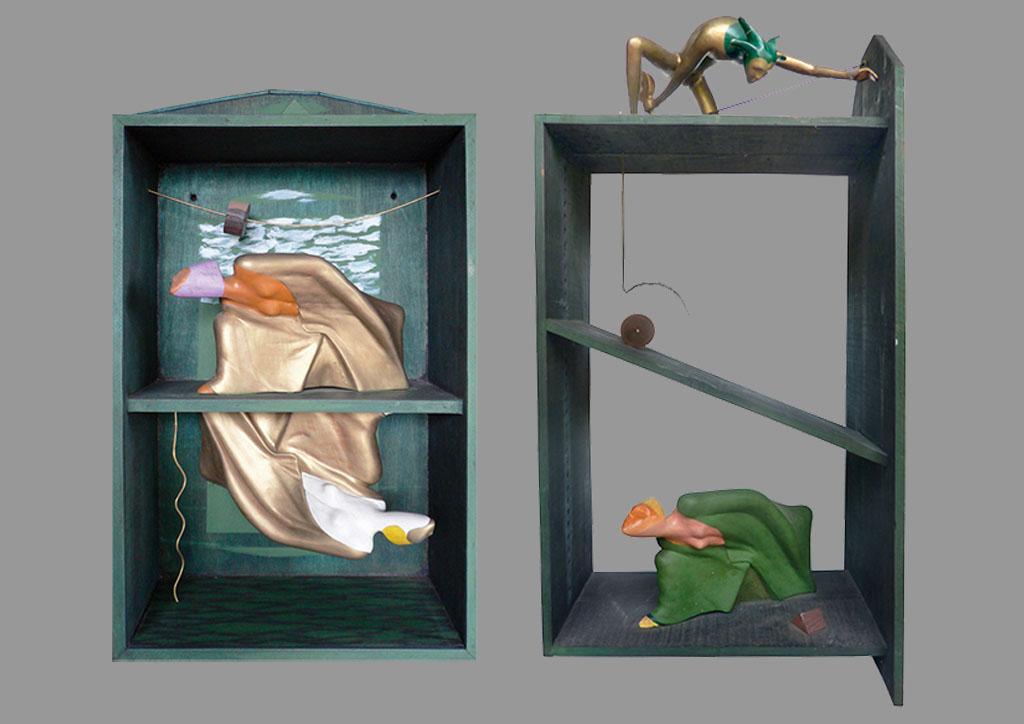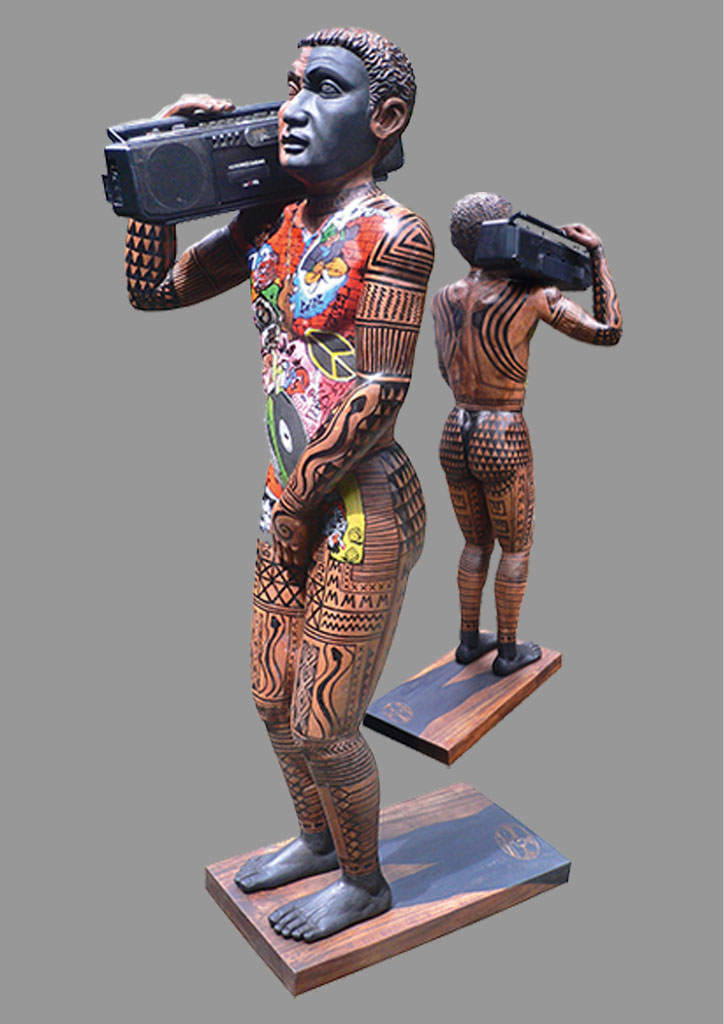
Installation Art Overview: Filipino Artist Junyee Makes A Stand with Felled Trees
Often referred to as the “Father of Installation Art in the Philippines,” Luis Yee, Jr. or Junyee (b.1942) has always focused on two things in his artistic career. First is to document and explore life as a Filipino. Second is to creatively use indigenous materials as a means of sculptural expression.
Junyee is an Agusan del Norte native who studied fine arts at the University of the Philippines under National Artist Napoleon Abueva during the mid-60s. He has made a lifetime commitment to be an environment friendly artist. The artist makes conceptual art through the ethical use of organic materials like naturally-felled woods, bamboo, leaves and branches, and even seed pods. Living in Los Baños since 1975, the arboreal surroundings of nearby Mount Makiling has been the main resource for Junyee’s unique assemblages, like his celebrated Wood Things series (1981) that look like large hairy caterpillars made out of dried kapok pods and banana stalks.


A Commentary on Tradition and Modernity
Since the 90s, Junyee has been concentrating on hardwood sculpture as a sensuous medium. He also plays with ideas about cultural identity and the clash between tradition and modernity. His award-winning Two Fools (1997) is a masterpiece of figurative understatement, as two figures swoon and jump over one another like a wacky episode from a comic kabuki play. Pintado (a person covered in tattoos), exhibited at the Havana Biennale (2000), shows Junyee’s more introspective and philosophical side.
YOU MIGHT LIKE: Wrap up: 5 extraordinary works of the late installation artist, Christo

A life-sized sculpture of a nude man tattooed with pre-colonial designs hangs like a corpse suspended by brass wires from the ceiling. Pintado combines a thirst for knowledge about our ancient past, and criticizes the present’s unsustainable consumerism and rapid destruction of traditional cultures in threatened tropical forests around the world.
Junyee expanded on this ambivalent relationship between traditional culture and the modern world in his Siete Pintados series (2008), which mixes sculpted hardwoods (salvaged from trees felled during storms) with paint, nylon and brass wire, and modern gadgets. It is a sly commentary on the techno-stressed out world of the contemporary native Pinoy. Pahinog shows the pintado wrapped inside a brass-wired cocoon that seems both comforting (as a shield against danger) and suffocating (being a slave to modern technology). Contrast this to Kulang sa Drum, in which a pintado wearing hip-hop tattoos carries a boom box, eyes straining to hear the bass. Hu U? captures that moment in which tradition and modernity clash, as the pintado talks on a mobile phone with a blank stare.
READ MORE: Sculpted Fragility: Diaphanous Wire Sculptures by Alab Pagarigan
Junyee’s sculptural works show how the native in us emerges when we are confronted with modern challenges, and becomes transformed. Whether the transformation is for better or worse is an entirely different matter.


